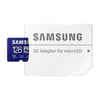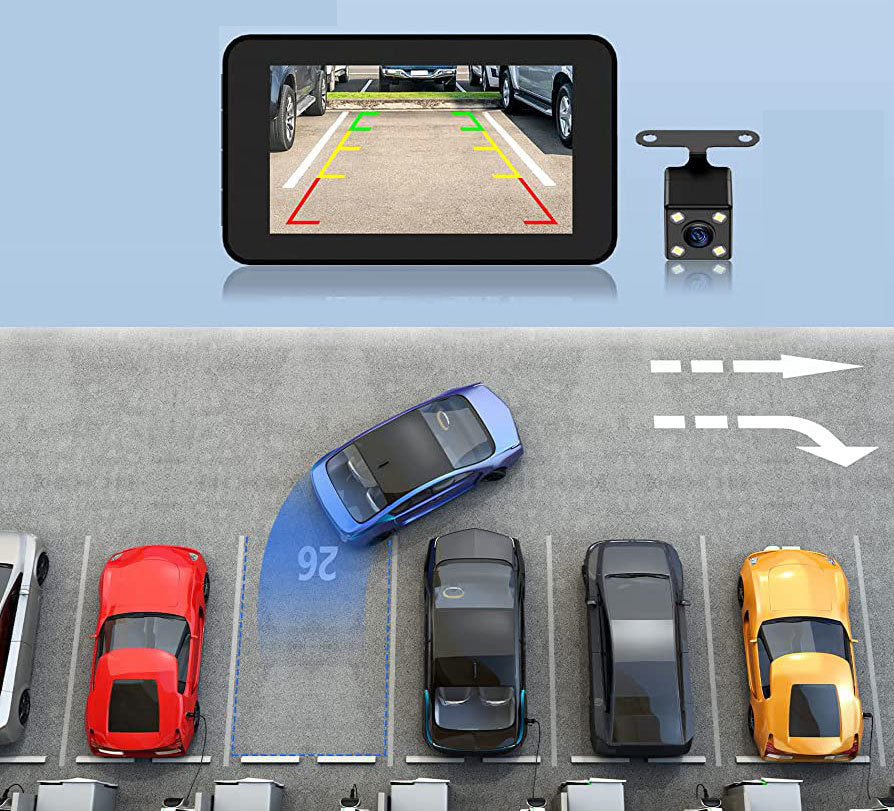
Storage or memory in a dashcam explained
, by Allcam dashcams, 3 min reading time

, by Allcam dashcams, 3 min reading time
A dashcam takes videos and these need to be saved so you can watch them back later. There are several ways to store video files. The most common is via a Micro SD memory card that you insert into the dashcam. However, there are also dashcams with built-in memory and some dashcams can even store recordings ‘in the Cloud’, although in that case a Micro SD card is still needed on which the files can be saved first.
A detailed explanation of memory and storage and which memory cards are best to use in dashcams can be found in this this article.

There are different types of memory cards but the most widely used at the moment is the Micro SD card. Almost all consumer electronics with expandable memory support Micro SD cards, such as most mobile phones and cameras. A Micro SD card is about the size of a SIM card. You slide it into the dashcam until you hear a click and it locks in place. To take it out, push it in a bit until you hear the same click, it then ‘jumps’ out of the dashcam by means of a spring, so be careful not to lose it!

Some newer dashcams have built-in eMMC (Embedded Multimedia Card). eMMC (Embedded Multimedia Card) is a new method of file storage where the memory is embedded in the dashcam. eMMC eliminates the need for an external SD card and eMMC is also a lot more durable than regular SD cards. One disadvantage of eMMC is that you cannot expand the memory and are therefore bound to the built-in capacity. There are not many dashcams with eMMC memory yet and it remains to be seen whether this will become a new standard. Despite claims that eMMC is more durable, it may eventually break down. The fact that you can't use another SD card in that case can be a big loss.

Some dashcams allow you to store recordings ‘in the Cloud’. In this case, video files are sent via the mobile network to an external server. Via the Cloud system of the respective brand, you can then view the videos remotely via an App or desktop. However, using a dashcam with Cloud function still requires a Micro SD card on which the files are initially stored.
The amount of videos that can be stored depends on the capacity of the SD card being used. The capacity of SD cards today ranges from 16gb to as much as 1028gb (Gigabyte). This is good for around 2.5 to 156 hours of FullHD videos respectively.
However, not all dashcams work with all capacity SD cards, this has to do with the speed and the so-called Format of the SD card. All dashcams support at least 16gb and 32gb SD cards, but not all dashcams support 64gb cards or higher. The maximum capacity SD cards a dashcam supports is indicated in the specifications of the dashcam.

An SD card can be formatted, which basically means restoring the SD card to its original state. Formatting is usually necessary before first use to set it to the correct file format (usually FAT32). On most dashcams, SD card can be easily formatted in the menu or via the app on Wi-Fi dashcams.
While using an SD card, small mutations and errors may occur when writing and deleting files. Over time, this may cause the SD card to stop working properly. It is then often necessary to format the SD card again. Please note that formatting deletes all files. Therefore, always save important videos first before formatting the SD card.


